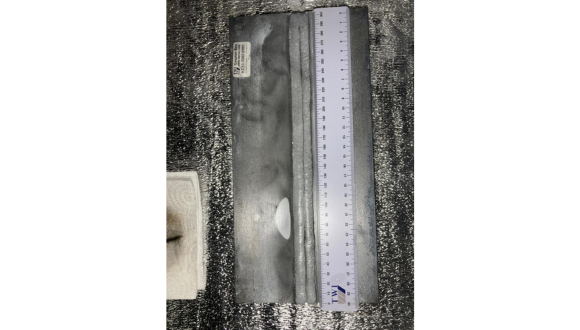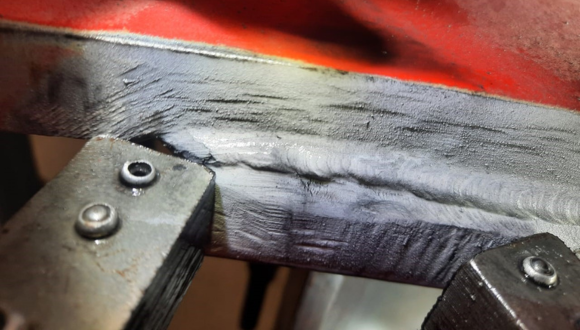Mon, 21 October, 2024
Imagine a world where we could verify the safety, reliability, and integrity of a product or structure without causing any harm. That’s the power of Non-Destructive Testing (NDT).
Although new technologies are constantly emerging, traditional NDT methods continue to hold great value in many industries due to their reliability, accessibility, and cost-efficiency. This article explores the benefits of conventional NDT techniques and their lasting importance in quality assurance and asset management.
Traditional NDT methods—such as visual inspection, liquid penetrant testing, magnetic particle testing, and ultrasonic testing—have stood the test of time. Their consistent performance in identifying defects, flaws, and irregularities in a variety of materials and structures has made them indispensable across industries like aerospace, automotive, manufacturing, and construction. These methods are trusted for ensuring product quality and compliance with industry standards. Their long-standing use serves as a testament to their dependability and accuracy.
-
Ease of Access and Mobility:
Unlike some modern NDT technologies that require sophisticated tools and expert knowledge, conventional NDT techniques are relatively simple. The equipment used is generally portable and user-friendly, which contributes to their widespread use even with the rise of newer technologies. For instance, visual inspection can be performed with basic tools like flashlights, mirrors, or borescopes, allowing it to be conducted in confined spaces or hard-to-reach areas. Likewise, portable devices for magnetic particle testing and penetrant testing enable efficient on-site inspections with minimal setup or downtime.

One of the key advantages of conventional NDT methods is their cost-effectiveness. While advanced NDT techniques may offer greater precision or automation, they often come with higher costs in terms of equipment, training, and maintenance. Traditional methods, however, provide a budget-friendly option for routine inspections and maintenance tasks, particularly when it comes to identifying surface and subsurface defects. This makes them ideal for industries with limited resources but a need for reliable inspection techniques.
-
Versatility and Flexibility:
Conventional NDT methods are highly adaptable and can be applied to a wide range of materials and inspection scenarios. Whether it’s metallic components, welds, composites, or even concrete, these methods can be customised to meet the specific requirements of each application. Additionally, they can be combined or tailored to address more complex inspection challenges, making them a flexible solution for many industries.

-
Foundation for Modern NDT:
Traditional NDT methods have laid the groundwork for the development of advanced technologies. The principles and techniques from conventional methods form the basis for more sophisticated NDT approaches, such as phased array ultrasonic testing or computed tomography. While these advanced techniques offer enhanced capabilities, the basic concepts and initial stages of inspection often rely on traditional NDT, making these methods essential for a comprehensive approach to non-destructive testing.
Conventional NDT techniques remain critical to maintaining quality and safety in many industries. Their proven reliability, ease of use, cost-effectiveness, and adaptability ensure their relevance even as new technologies continue to evolve. Whether used independently or in conjunction with advanced methods, traditional NDT remains a cornerstone of non-destructive testing, safeguarding the integrity of infrastructure and components across the globe.